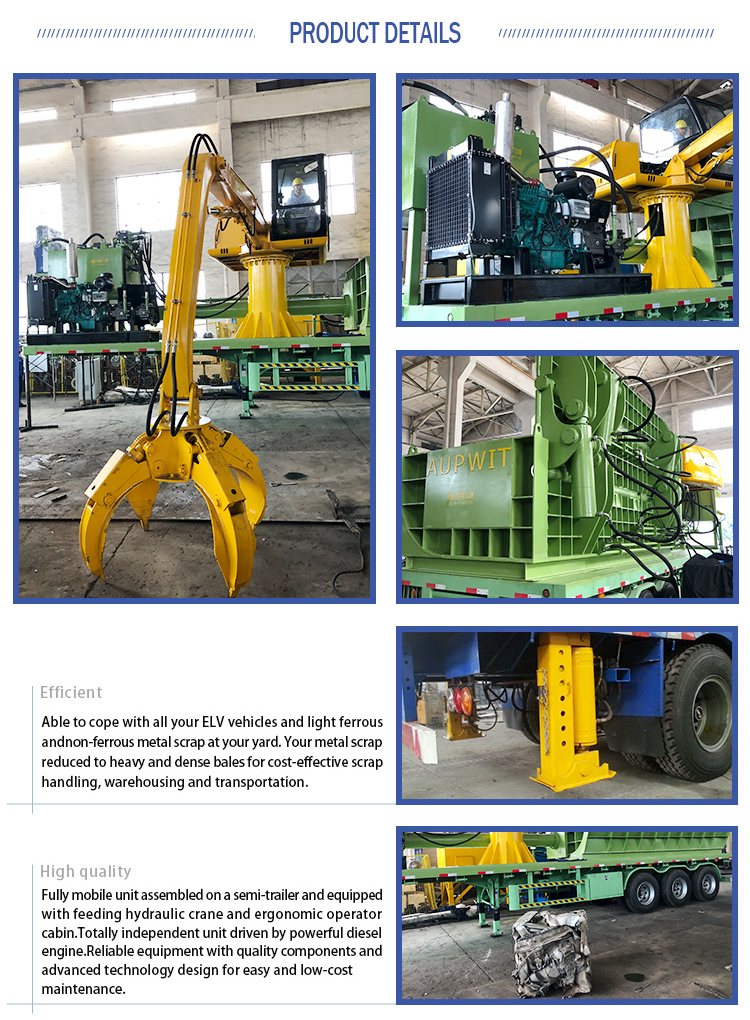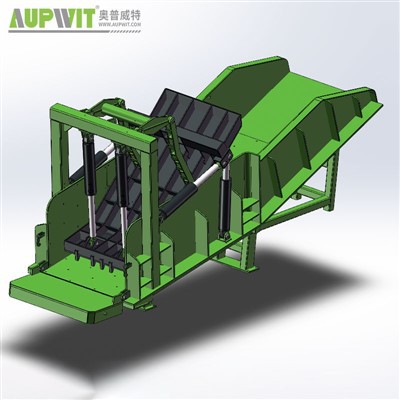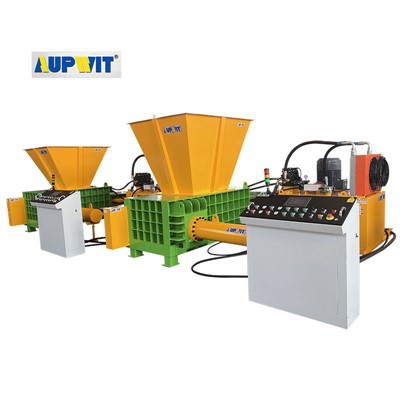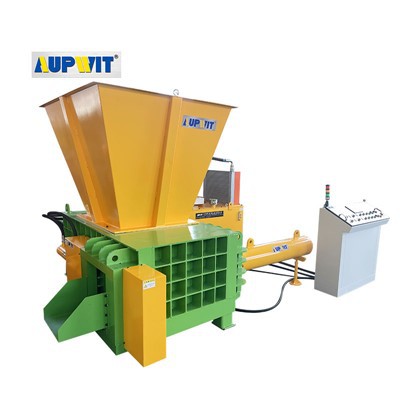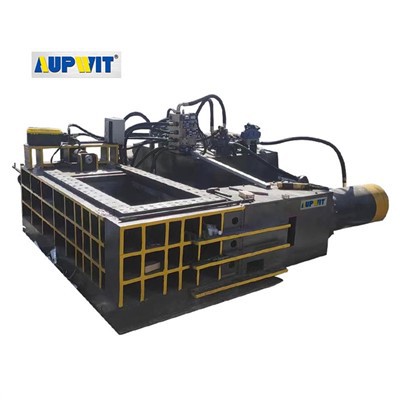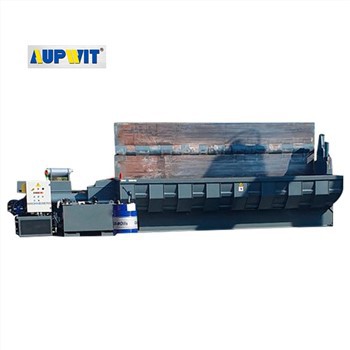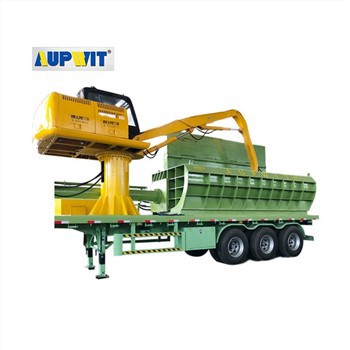1. Maintenance of hydraulic oil
Check the oil level regularly: Check the hydraulic oil level before work every day or regularly to ensure that the level is within the normal scale range of the level gauge. When the level is too low, add the same type of hydraulic oil in time to prevent air from entering the system and affecting the pressure.
Regularly replace the hydraulic oil: According to the frequency of equipment use and the working environment, the hydraulic oil is generally replaced every 2000-3000 hours or half a year to one year. If the oil is deteriorated or contaminated, it should be replaced in advance. When replacing, thoroughly clean the oil tank and filter to prevent old oil and impurities from remaining.
Prevent oil contamination: Keep the hydraulic oil clean and avoid dust, moisture, metal chips and other impurities from mixing into the oil. Use a filter device when refueling, regularly clean up the debris around the oil tank, and prevent rainwater from entering the oil tank.
2. Maintenance of the filter
Regularly clean or replace the filter element: The filter in the hydraulic system can effectively filter impurities in the oil and protect the system components. Usually check the filter element every 1-2 months. If the filter element is blocked or damaged, it should be cleaned or replaced in time. Use a special cleaning agent when cleaning to avoid damaging the filter element.
3. Maintenance of hydraulic components
Check the seals: Regularly check the seals of hydraulic cylinders, hydraulic valves and other components. If the seals are found to be aging, worn or leaking, they should be replaced in time. Preventing hydraulic oil leakage can not only ensure the stability of system pressure, but also prevent oil from polluting the environment and causing waste.
Check the hydraulic valve: Check the working status of the hydraulic valve to ensure that the valve core moves flexibly and there is no jamming. If there is jamming, the valve core and valve seat can be disassembled and cleaned to remove oil and impurities. At the same time, check whether the set pressure of the hydraulic valve is correct. If there is any deviation, adjust it in time.
Maintain the oil pump: Check the working sound and temperature of the oil pump regularly. If abnormal noise or high temperature is found, stop the machine for inspection in time. Check whether the connection parts of the oil pump are loose to ensure that the oil pump is firmly installed. Lubricate and maintain the oil pump at regular intervals to extend its service life.
4. Daily inspection of the system
Observe pressure changes: During the operation of the equipment, pay close attention to the value changes of the pressure gauge. If the pressure fluctuates abnormally or is unstable, promptly troubleshoot the cause of the fault and deal with it.
Check the oil pipe and joints: Regularly check whether the oil pipe is damaged, aged, bulged, etc. If so, replace the oil pipe in time. At the same time, check whether the oil pipe joint is loose. If it is loose, tighten it in time to prevent hydraulic oil leakage.
